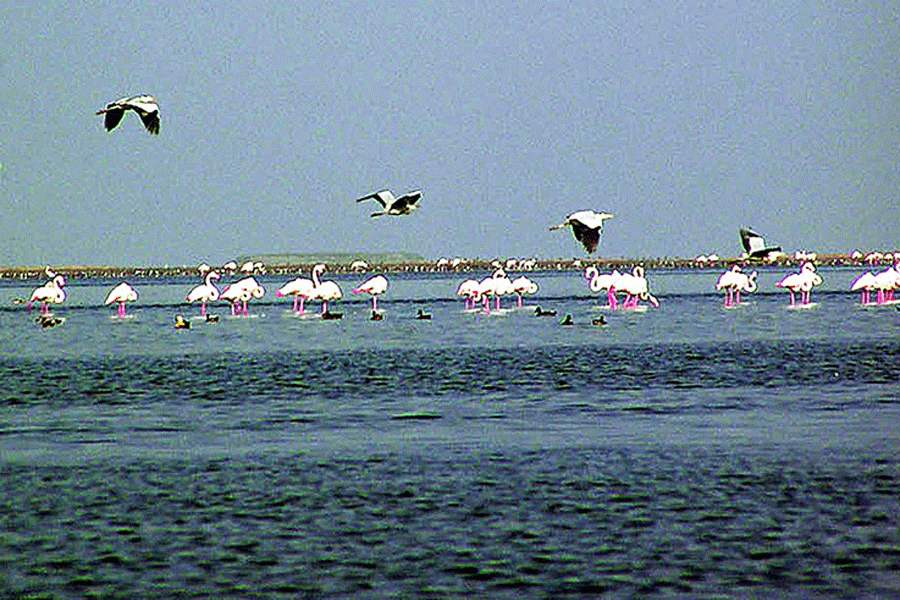The extent to which migratory species are slipping through the cracks of mankind’s energetic conservation project has recently been made clear. The State of the World’s Migratory Species, a first-of-its-kind report published by the Convention on the Conservation of Migratory Species of Wild Animals, has revealed that one in five migratory species is under threat of extinction and 44% are facing a decline in populations. Among Appendix I species — migratory species that have already been assessed as being in danger of extinction — 76% are experiencing a declining population trend and 82% are at serious risk of being wiped out. The most alarming condition, perhaps, is that of piscine species. Almost all — 97% — of the world’s fish population are at risk of extinction, including 28 fish species that are categorised as ‘critically endangered’. This could have a deleterious impact on global food chains and security. That fish and birds — between 11 million and 36 million birds are illegally killed or captured in the Mediterranean every year — are greatly imperilled is not surprising. After all, they rarely stick to ecological borders, much less political ones. This is why the solution to tackle the dwindling numbers of these migratory species must not be piecemeal but holistic. Habitat fragmentation is also a pressing concern: only 37% of the world’s longest rivers, vital conduits for fish travelling upriver to spawn, remain free-flowing, with dams, a ‘renewable’ source of energy, having disrupted many ecosystems. Countries must coordinate among themselves to demarcate migration pathways and establish key biodiversity areas through which animals can pass without harm: the Kavango-Zambezi Transfrontier Conservation Area, spanning five nations in southern Africa, is a case in point. Even on the high seas, both governments and private enterprises must pledge to meet humans’ food requirements sustainably; by-catch must be mitigated to avoid the incidental deaths of at-risk species like sharks and cetaceans.
The gloomy picture derived from the report does not apply to specific species alone but should also serve as a warning against the prioritisation of certain species in the conservation chain. Flagship species like the Big Cats and other apex predators seem to corner a disproportionate share of the global conservation imagination, policy and, most importantly, resources. They must be protected but not to the detriment of smaller organisms that are equally important to the functioning of the biotic cycle.

